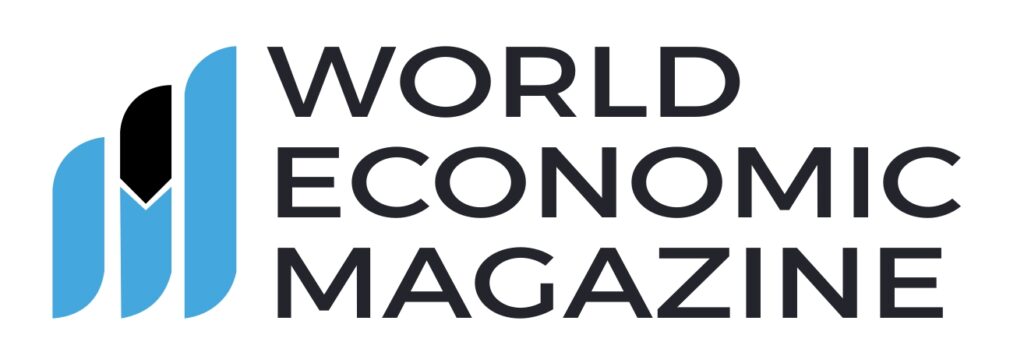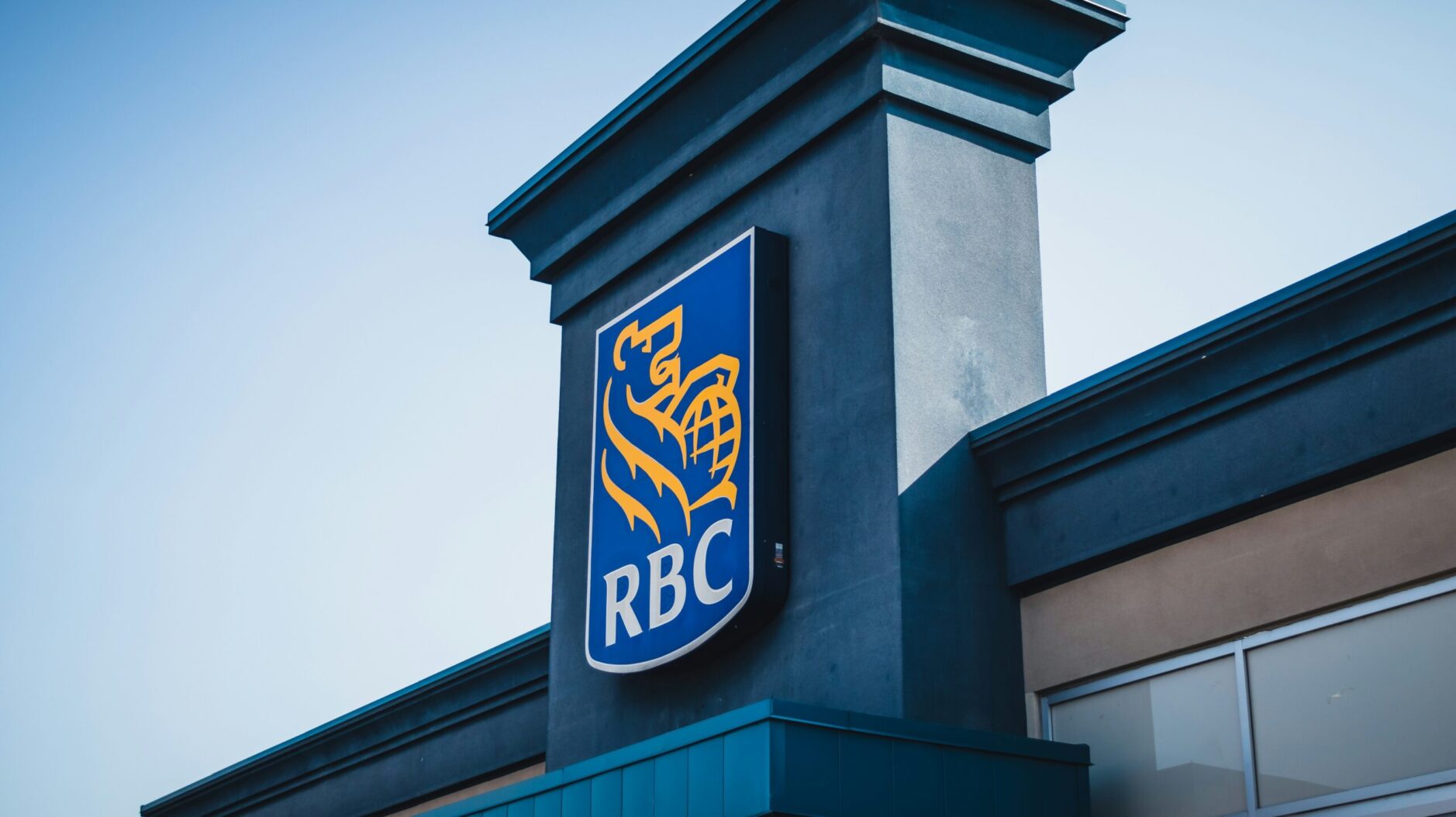
The Case for Lowering Interest Rates Amidst Inflation Concerns
As the financial world anticipates the Bank of England’s forthcoming interest rate decision, the spotlight is on whether the Monetary Policy Committee will choose to increase the Bank Rate to 5.5% or maintain the current rate of 5.25%. However, it is imperative to reconsider the trajectory the committee should take. Rather than debating an increase, the focus should be on whether lowering interest rates to 5% or retaining the current rate is the more prudent step. This article makes the case for a rate cut despite persistent concerns about inflation.
It might seem paradoxical to advocate for a cut in interest rates while inflation continues to loom above the Bank’s target of 2%. However, the rationale behind this proposition rests on a nuanced understanding of the current economic landscape. While inflation remains elevated, it is important to note that it is substantially lower than the Bank’s initial projections. This deviation in the inflation trajectory, coupled with the fact that Producer Price Inflation has exhibited a decline with annual rates turning negative, suggests that consumer costs are likely to trend lower.
One critical aspect that often escapes the spotlight in discussions on inflation is the growth of money and credit. A notable economist, Milton Friedman, once famously asserted, ‘inflation is always and everywhere a monetary phenomenon.’ Although a myriad of factors influence inflation, the supply of money and its growth rate indeed play a pivotal role. As the growth of the money supply has decelerated significantly, the trajectory of inflation should naturally follow a downward trend.
The implications are twofold. First, it indicates that the Bank’s tightened monetary policy has succeeded in moderating demand in the economy. However, this isn’t solely attributable to the Bank’s actions. The recent implementation of the new energy price cap in October has set the stage for a reduction in headline inflation. Additionally, several supply-side constraints that previously contributed to rising prices have now been resolved, promising cost relief for consumers.
While it is commendable that the Monetary Policy Committee has been effective in addressing inflation concerns, the signs indicate that the ongoing restrictive monetary policy is beginning to inflict damage on the UK economy. The labour market, historically tight, has started to show signs of loosening, with the unemployment rate inching upwards. Manufacturing output and retail sales have also declined, and economic growth continues to languish at best.
In light of this, there is a strong case for considering an interest rate cut. While such a decision may prove perplexing for the public and the Treasury, it is fundamentally the right course of action to safeguard the UK economy. The lag effect inherent to monetary policy necessitates a forward-looking approach. As inflation is expected to decline, economic growth may plateau, and unemployment rates could surge.
The delicate balance between cooling inflation and stimulating economic growth is a challenge that demands resolute measures. The risk of a looming recession is not one to be taken lightly. An economic downturn would bring about immense hardship for millions of individuals across the nation, as jobs and potentially homes are lost. Living standards would deteriorate, leaving the country facing another ‘lost decade,’ with the most vulnerable segments of the population, including the youth and those with lower incomes, bearing the brunt.
The path forward is clear. The Monetary Policy Committee must display boldness in its decision-making process. Lowering interest rates to 5% and easing quantitative tightening is the need of the hour. Such a move would not only bring inflation back to the target range but also act as a safeguard against an impending economic downturn, sparing the country from the pains of another recession.
Anticipating the scrutiny and scepticism from politicians and the media, the Bank of England must remain steadfast in its commitment to the economic well-being of the nation. The decision to lower the Bank Rate to 5% is a step in the right direction, a testament to prudent economic stewardship in the face of uncertainty.






